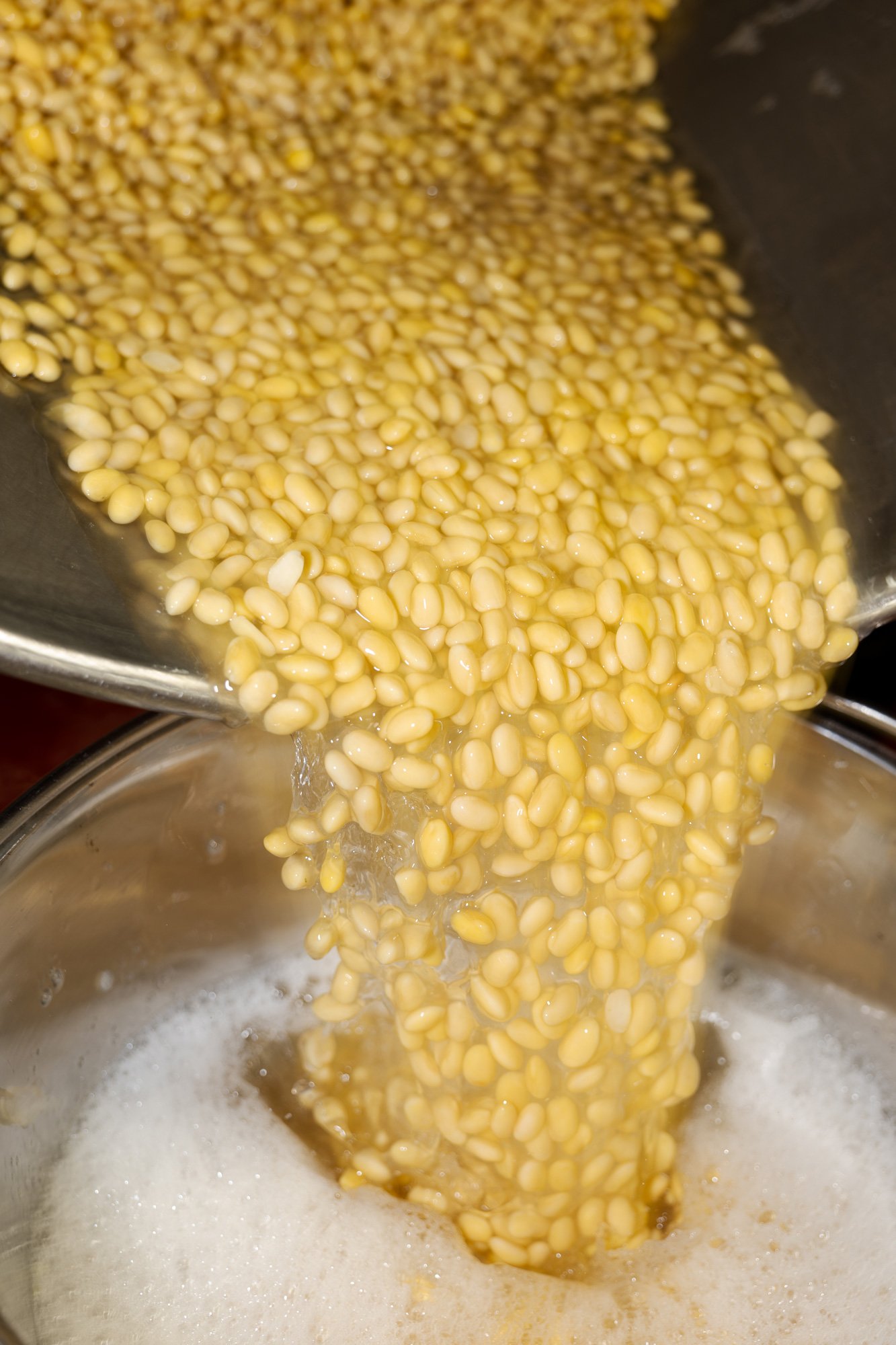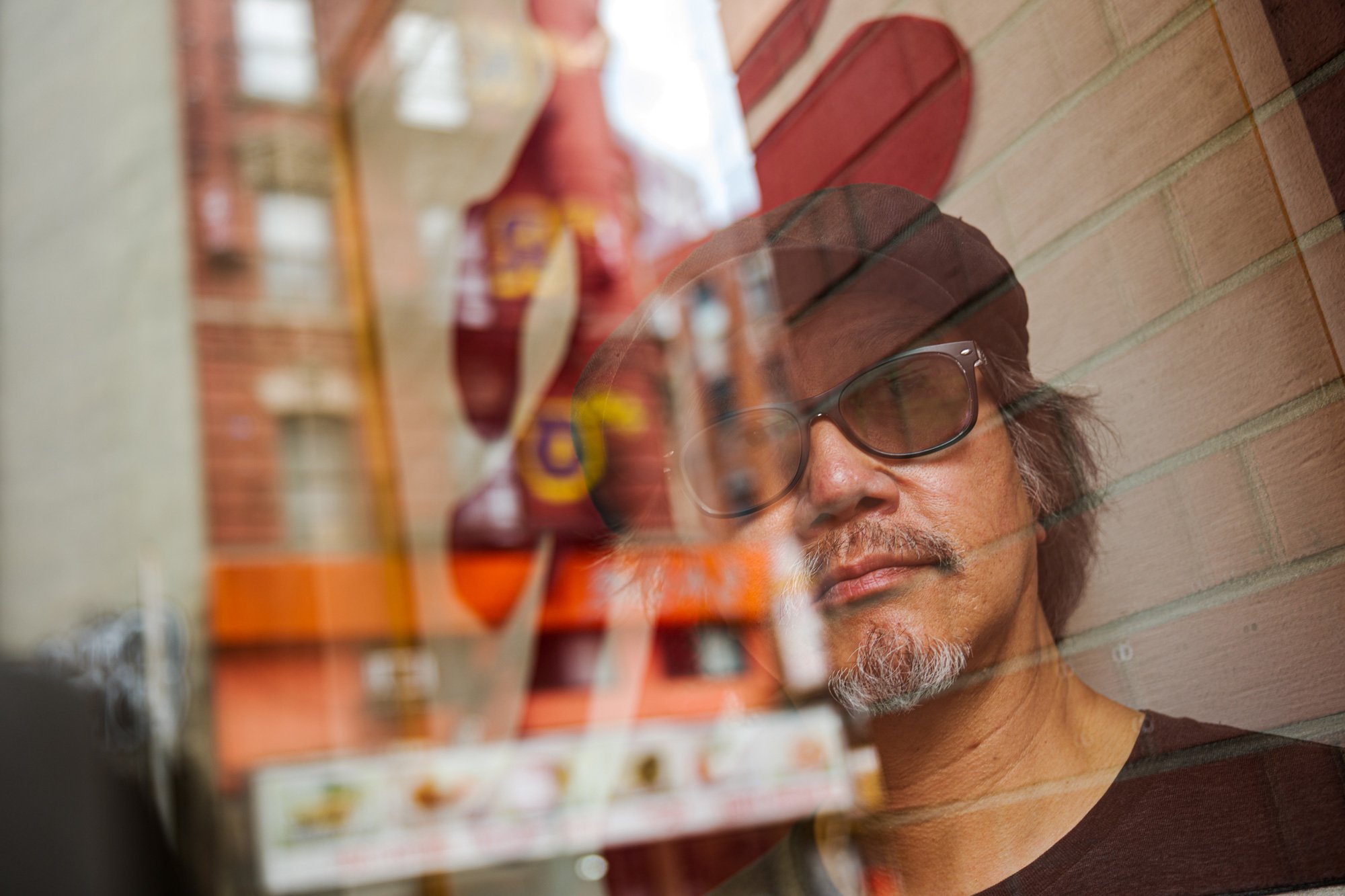Behind The Scenes at New York’s Oldest Family-Owned Tofu Shop
Paul Eng, the owner of Fong On, shares the secrets behind the city’s most delicious, fresh tofu, and discusses carrying on a 90-year-old Chinatown legacy.
Paul Eng is a man of many talents. Over the course of his life to date, he’s been a photographer, a graphic designer, an architect, an art director, and a touring musician. But his most recent role, as the owner and manager of Fong On, his family’s 90-year-old tofu shop, is perhaps his most ambitious undertaking yet.
Fong On was founded in 1933 by Paul’s grandfather and a small group of colleagues, and it has stayed in the family ever since, becoming a Chinatown staple for fresh tofu and steamed rice cakes. In the 1940s, Paul’s parents took over the shop entirely, and by the 2000s, his brothers were running the show.
By 2017, however, the Eng family had decided to close the store. After 84 years, it had become more work than Paul’s brothers were able to put in, and its machinery was in desperate need of an update. So Paul, who had recently returned from a 10-year stint in Moscow, came to the rescue. During his time in Russia, where Paul had been working as a photographer, he’d met his wife Marina and started a family, so he was ready for a career with a bit more stability. When the tofu shop closed, he saw it as an opportunity to restart the business for a new generation. “I thought to myself, ‘Well, this shop has supported our family for nearly 100 years. Let's have a go at it,’” he remembers.
In 2019, he set his mind to relaunching the shop and put his many skills to the test. After moving the location to Fong On’s old factory space on Division Street, he planned out the storefront and kitchen, bought new machinery, designed the logo and signage, and started the shop’s social media accounts. He also had to learn how to make tofu and rice cakes—a task that proved more difficult than he had anticipated. To find the family recipes, Paul began asking his relatives and the shop’s former staff, but no one could give him exact measurements. They were used to a mismatched set of cups and implements that had been lost when the original store closed, and they relied heavily on intuition. “I had to figure out the science behind it.” says Paul.
He turned to YouTube, where he found a range of instructional videos and compared them with the notes he’d received from his family. And eventually, after lots of trial and error, Paul established his own recipes for Fong On’s current menu. Instead of the woks and open flames from the original shop, Paul uses modern machinery, including industrial-sized steamers and boilers—a development that has saved countless hours and has reduced the water bill significantly.
Now, every morning Paul grinds the soybeans for the tofu, while Marina, his wife, oversees the rice cakes. Tofu is made from two main ingredients: soybeans and water, which are combined in a grinder to create raw soy milk. The milk is then boiled to make its proteins digestible, and it’s combined with a coagulating agent called Nigari, a magnesium-based byproduct of salt production. The Nigari causes the soy milk to form curds, which are filtered and pressed using a weighted machine to make firm tofu blocks. The process takes several hours and Paul makes around 100 blocks a week. He sells most of his tofu to customers in the shop, with a few extra blocks going to select wholesale clients in NYC.
“It brings back a lot of memories for people.”
Because it’s made to be eaten fresh, the tofu from Fong On has a much richer taste than the varieties that you find at the supermarket. Most mass-produced tofu goes through a preservation process that requires heating it to a very high temperature, which changes the taste and texture. Fong On’s tofu, on the other hand, is usually sold the day it’s made and so it doesn’t require preservation. “Our fresh tofu has a shelf life of about a week, maximum, but the taste is much better,” says Paul.
At Eleven Madison Park, we use Fong-On’s fresh soy milk to make our tofu course each season. Unlike most soy milk, Fong On’s is ‘tofu-grade,’ which means it has a high enough protein content to be made into tofu. For our agedashi tofu, we worked with Paul to create an even denser version of the milk — made with three times the amount of beans compared to Paul’s standard recipe, which allows us to achieve a smooth, but relatively firm texture when we set the tofu.
Since Fong On re-opened in 2019, Paul has seen quite a few familiar faces return, including some of the shop’s original customers and several of their (now adult) children. “It brings back a lot of memories for people,” He says. The store has also gained new fans from around the city, many of whom come for Fong On’s tofu pudding—an extra-soft tofu combined with sweet or savory toppings like brown sugar syrup, boba and grass jelly, or crispy shallots, pickled radishes, and scallions. “Now, more than half—maybe even two-thirds—of the people are new,” says Paul. “Through word of mouth and press, we’ve won over a legion of new customers.”
Agedashi Tofu with Brussels Sprouts and Basil - Winter 2025






